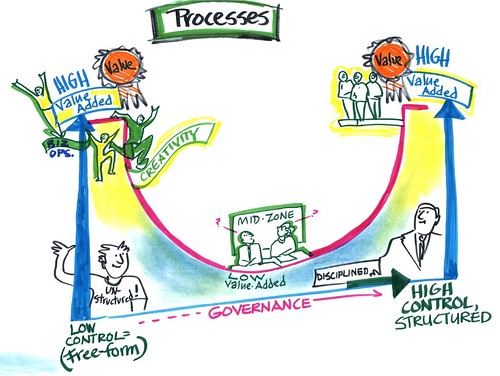I’ll be attending three conferences in the next three weeks (after a hiatus of over two months, it’s going to be strange to get back on a plane), and live-blogging from each conference, wifi permitting.
Next week is the Gartner BPM summit in Las Vegas: one of the key BPM conferences of the year (at least, until Gartner watered it down by running a second one in September last year). The presentations are typically a mix of Gartner analysts discussing BPM, SOA and related subjects, and customers discussing their implementations. The trade show includes every BPM vendor who wants to be taken seriously in this market. Expect to see some of my posts from this week syndicated over on Intelligent Enterprise, plus I’ll be doing a wrap-up article at the end of the week exclusively on their site.
February 13-15 is ARIS ProcessWorld in Orlando, IDS Scheer’s user conference. I attended this last year and enjoyed it; last year was only the second time that I’d been to any sort of process modelling user conference (having attended Proforma’s conference in 2006), and it’s really valuable to see how the front-end modelling tools fit together with the BPMS that automate those processes. IDS Scheer is paying my travel expenses to attend.
February 18-20 I’m back in Orlando for FASTforward, which is sort of a user conference for FAST enterprise search (which is being acquired by Microsoft), but really goes beyond that cover a lot of Enterprise 2.0 territory. Featured speakers include Andrew McAfee, Tom Davenport and Don Tapscott, all of whom I’ve written about in the past couple of week. You can register for FASTforward here, and put my name (Sandy Kemsley) in the reference field so that they know where you came from. FAST is paying my travel expenses to attend. All of my live-blogging posts will be cross-posted to the FASTforward blog, and I’ll do a daily wrap-up post exclusive to their site.
As an aside, I’ve consolidated all posts for all Gartner BPM coverage under one category regardless of year, and all for ProcessWorld under their own category.
If you’re going to be at any of these events, look me up.

